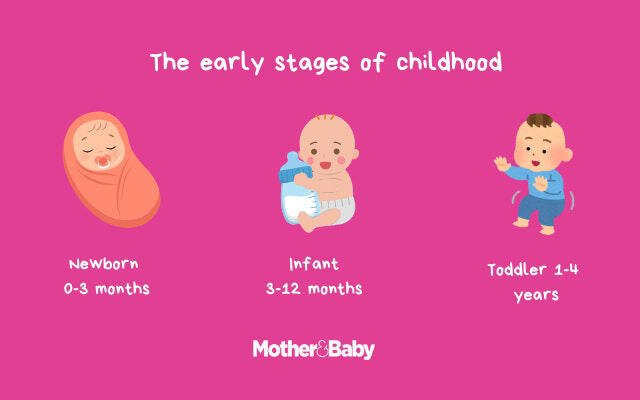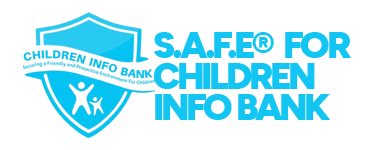How Long is a Newborn Baby, a Newborn? A Guide to the Ages and Stages for Babies, Infants, and Toddlers

Source: http://www.msn.com
Parenthood is full of milestones and transitions, and understanding the stages of your child’s development can sometimes feel overwhelming. Terms like newborn, infant, and toddler are often used interchangeably by professionals, leaving many parents wondering: When does a newborn become an infant? And what truly defines toddler stage?
This guide simplifies these developmental stages, highlighting the key milestones and changes that occur from birth to toddler stage.
Developmental Stages of Early Childhood
Child development refers to the physical, social, emotional, and cognitive growth that happens as your child matures. While each child develops at their own pace, early childhood can generally be divided into three key stages:
- Newborn: 0–3 months
- Infant: 3–12 months
- Toddler: 1–3 years
Below is a breakdown of what happens during these stages and the milestones your little one will achieve.
What is the Newborn Stage?
The newborn stage spans from birth to about 3 months old. While professionals may refer to them as infants, the term newborn typically applies to babies in their first 12 weeks of life.
During this time, your baby is adapting to life outside the womb and undergoing significant development. Key milestones to watch for include:
- Vision: Their eyesight becomes more focused, allowing them to track objects and recognize faces.
- Hearing and Reactions: They’ll respond to familiar voices and sounds, often calming when they hear your voice.
- Smiles: That heart-melting gummy smile is a major milestone, reflecting early social and emotional development.
This stage is also when you’ll notice your baby sleeping in short bursts, feeding frequently, and exploring the world through reflexive movements.
What is the Infant Stage?
The infant stage begins around 3 months and continues until your baby’s first birthday. While this term can overlap with the newborn phase, infants typically start showing more intentional movements and interactive behaviors as they grow.
Key milestones during this stage include:
- Physical Development: Rolling over, sitting up, and eventually crawling. They’ll also develop a pincer grip, using their thumb and forefinger to pick up small objects.
- Language and Communication: Infants begin cooing, babbling, and experimenting with sounds like “da da” and “ma ma.”
- Social Interaction: They’ll laugh, and dance to music, delighting in their growing ability to connect with the world.
- Tummy Time Progress: Spending time on their belly helps strengthen neck and shoulder muscles, eventually leading to rolling and sitting independently.
This is a magical stage of exploration, as infants begin to express their personalities and develop their motor skills.
What is the Toddler Stage?
Once your child celebrates their first birthday and starts taking steps, they officially enter toddler stage. The toddler stage generally spans from ages 1 to 3 (sometimes up to 4, depending on development).
During this stage, toddlers become increasingly independent, curious, and energetic. Key milestones include:
- Physical Growth: Walking, running, climbing, and navigating stairs with support.
- Cognitive Skills: Sorting colors and shapes, solving simple problems, and following basic instructions.
- Language Development: Expanding vocabulary, forming simple sentences, and identifying objects and people by name.
- Social and Emotional Growth: Toddlers enjoy playing with others, imitating adults, and asserting their independence.
While they still rely heavily on caregivers, toddlers are eager to explore their environment, test boundaries, and master new skills.
Read more about the story here: https://childreninfobank.com/safebank/how-long-is-a-newborn-baby-a-newborn-the-ages-and-stages-for-babies-infants-and-toddlers-explained/
Image Source: http://www.msn.com





